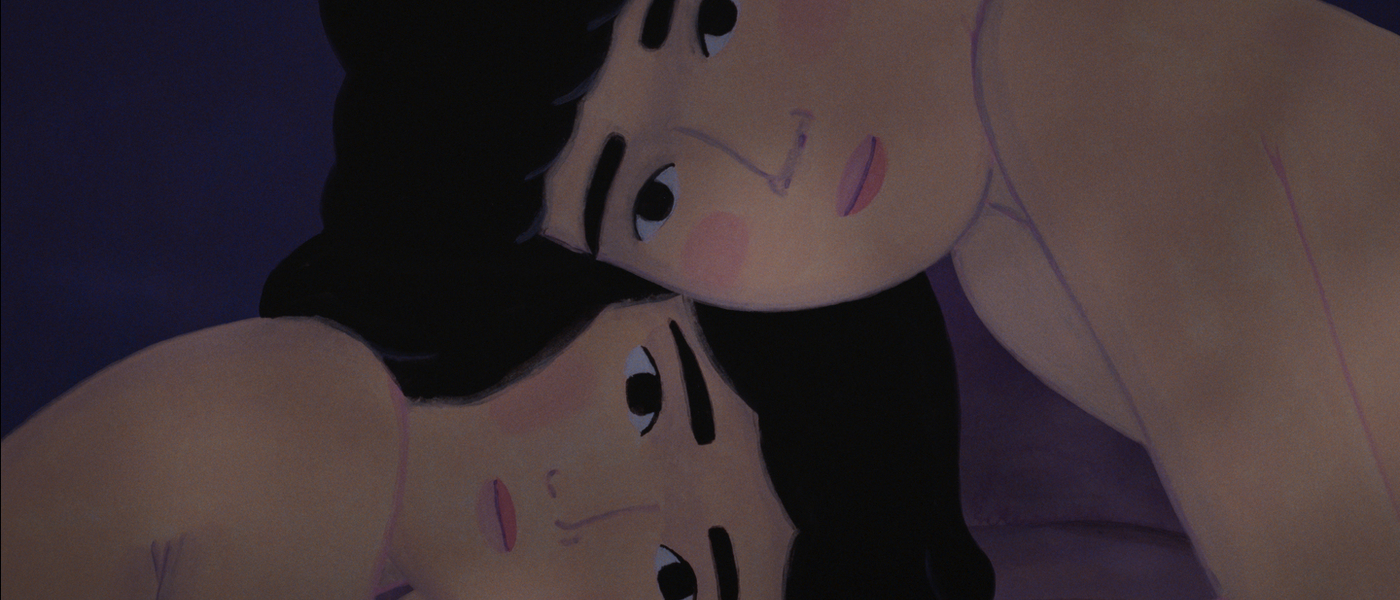Interview with Agnès Patron, To the Woods director
by Esther Brejon

by Esther Brejon
Exploring the night and its secrets. To the Woods is a sensory, breathless, and unsettling tale, a story of loss that conveys with great sensitivity, the memory of the child within. In this nocturnal film, driven by dynamic animation, Agnès Patron takes us on a journey through dark hues, where flashes of light pierce through - a forbidden world, where escape, between forest and lake, becomes a way of reclaiming the night.
Interview with Agnès Patron
How did you come up with the idea of a little girl and her brother running away?
In 2020, during lockdown, my daughter was born, I already had a son, and I had plenty of time to observe the relationship they were forging, and I found it so beautiful. Since I have a brother as well, I wanted to write about sibling relationships. While working with Johanna Krawczyk, my co-writer, we realised I was actually talking about an older story: that of my grandmother who had a brother nine years older than her, whom she adored, and who tragically died in a car accident. She always carried that brother within her. Furthermore, there’s a part of me which has always remained attached to childhood, to the wonder of childhood, and its irretrievable loss as we enter adulthood.
Into the Woods, is a film set at night where dark hues prevail. What draws you to exploring the colours of the night?
At first, I worked in black and white, I did a lot of etchings at ENSAD and my first animated films were in black and white. Later, I slowly transitioned to colour, but very dark tones. What I enjoyed exploring in this film is the contrast between the characters and the background. The children are in their bathing suits, their skin is very pale, almost phosphorescent. Beyond colours, nighttime seems to me a fertile ground for dreaming, imagination, and a very specific perception of time.
When did you decide not to give your characters a voice?
I sometimes struggle with the way voices emerge from a drawing, that’s why there’s never any dialogue in my films. My animation and cinematic language is conveyed through silence. I never even considered having the children speak, which - I believe - adds something strange; there’s mystery in silence. It also ties in with the fact that it is a memory, and not reality exactly.
Music plays a vital role in your film. How did you work with composer Pierre Oberkampf?
Usually, my process is to edit to Pierre Oberkampf’s music; but for this film, it was the other way around because I needed to find the right rhythm without music. I told PIerre that I would edit first, and he would compose later. Very early on, I knew that I wanted voices that would express the characters’ inner worlds, whether it be the brother’s and sister’s voices mingling into a very gentle song, or the grandiose, almost shouting voices of the forest as counterpoints.